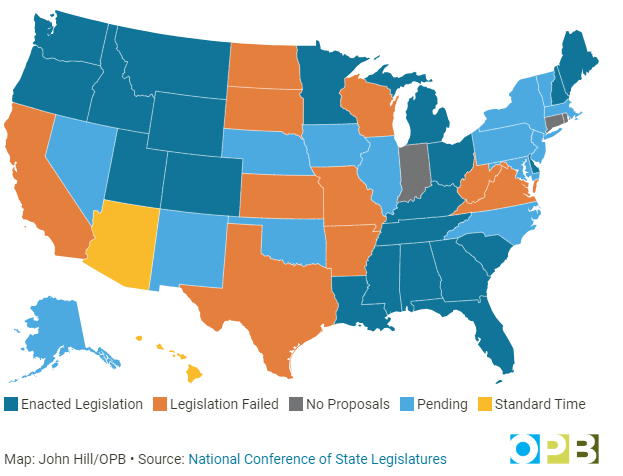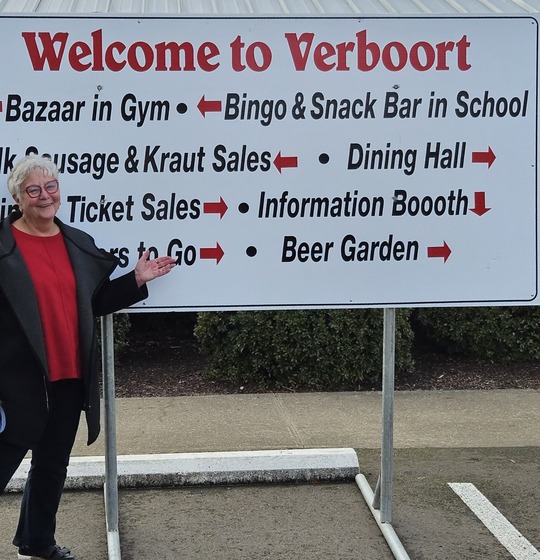By State Senator Suzanne Weber
October proved to be another busy month filled with meetings and special events around the district leading up to this weeks legislative days.
I can’t possibly share all the people and places I was able to visit with in this calendar month, but I have included a few I think you will find interesting.
Legislative days is when we come together in the Capitol to check in and hold informational committee meetings. It is a time to hear from agencies about how things are going in regards to the funding allocated to them and the bills that were enacted in previous sessions. It is also a time for us to submit our legislative concepts and prepare for the upcoming short session. The last 3 days have been very busy and filled with many constituent meetings in addition to my committee meetings. I truly value the time I get to spend face to face listening to ideas from members of the community. I also appreciate very much the work that goes in to preparing the presentations we are given during our committee meetings. If you would like to catch up on the committee please do consider watching or listening to the video recordings of presented material I have linked below.
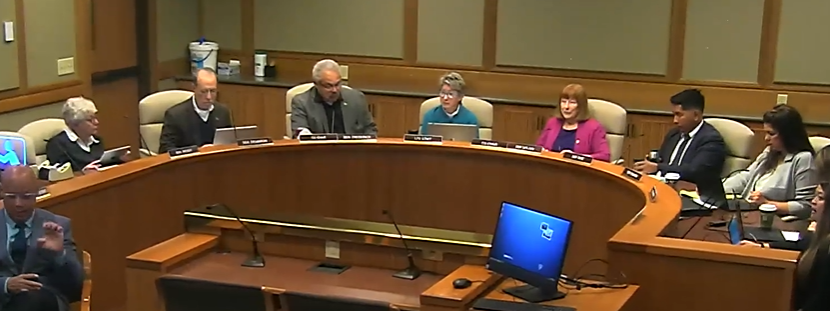 Joint Committee Education Ways and Means
Joint Committee Education Ways and Means
In the Joint Interim Subcommittee on Ways and Means Subcommittee on Education we were presented with information from the Department of Early Learning and Care – Employment Related Day Care Update. You can watch the recorded meeting by following this link.
|
|
Senate Committee on Human Services
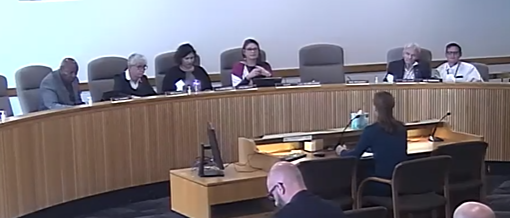 You can listen in to our Senate Committee on Human Services meeting here. Our agenda included updates and discussion on the following:
You can listen in to our Senate Committee on Human Services meeting here. Our agenda included updates and discussion on the following:
Committee Discussion of 2024 Legislative Concepts
Paid Supportive Roommates: Leveraging Medicaid authority to decrease housing costs and expand independent living options for people with Intellectual and Developmental Disabilities
Moving to Federal Compliance: Repeal of Civil Commitment Statute for People with Intellectual Disabilities
ONE System: Challenges for Those in Long-Term Services and Supports and Potential Solutions
Agency with Choice Updates
Acuity-Based Staffing Tool: Implementation Progress, Challenges, and Solutions
|
|
Senate Committee on Education
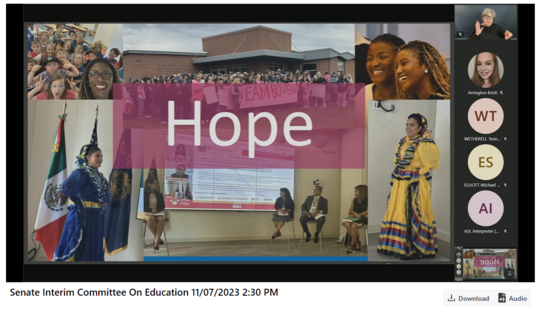
You can watch the video recording of our presentations in Senate Committee on Education here.
Introduction of New Oregon Department of Education Director
Charlene Williams, Director, Oregon Department of Education (ODE)
Oregon Department of Education Summer Learning Recommendations
Tenneal Wetherell, Chief of Staff, Oregon Department of Education (ODE)
Jennifer Patterson, Assistant Superintendent, Office of Teaching, Learning, & Assessment, ODE
Michael Elliott, Director, School Facilities and Special Projects
SB 819 Implementation and Crisis Prevention and Intervention (CPI) Training Updates
Tenneal Wetherell, Chief of Staff, Oregon Department of Education (ODE)
Department of Corrections (DOC) Update on Implementation of 2022’s SB 1522
Larry Bennett, Assistant Director of Correctional Services, Oregon Department of
Corrections (DOC)
Registered Apprenticeships
Susan Boe, Teacher Standards and Practices Commission (TSPC)
|
|
Oregon Kicker Kicks In
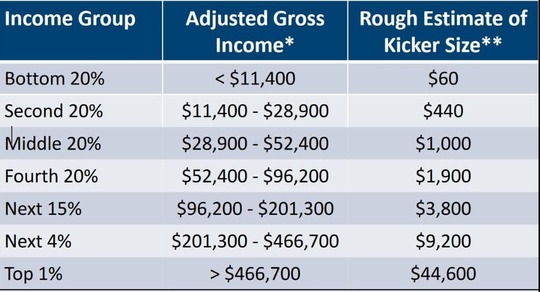
The Oregon surplus credit we know as the “kicker”, is a way to return money to the taxpayers of Oregon for essentially overpaying the tax needed to run our state. Another way to look at it is to say we as a state earned more money from taxes than we predicted needing to pay our bills. We have extra money in the bank that belongs to those that paid into it; the taxpayers of Oregon.
According to the Oregon Department of Revenues News Release: The surplus—the largest in state history—will be returned to taxpayers through a credit on their 2023 state personal income tax returns filed in 2024. The credit is based on tax liability for the 2022 tax year. Taxpayers who have not yet filed a 2022 tax return, should file now so they can claim their kicker credit when they file their 2023 tax return.
To calculate how much you will have returned to you as a personal income taxpayer, you can use the What’s My Kicker Calculator.
|
|
Falling Back to Standard Time
Even though lawmakers in Oregon voted to keep our state permanently on daylight savings time, we have once again changed our clocks back by one hour. The reason for the delay in implementation is because federal law needs to change if we want to stay in daylight savings time. While that is being worked on, through the Sunshine Protection Act, the list of other states that have passed legislation to keep our clocks from springing forward and falling back continues to grow. You can read more at the National Conference of State Legislatures.
Another option to stop “springing forward and falling back” is for states to enact permanent Standard Time. Which is to say, stay in the time we are currently in. Presently, 9 states are actively considering legislation that would allow this option. In this case federal law allows a state to exempt itself from observing daylight savings time, upon action by the state legislature.
This news article details where each state stands on the issue:
To see where all 50 states stand on making daylight saving time permanent, follow the link to Kare11 News.
While I don’t have a strong opinion on which time we land on, I do prefer we stay in one time. What are your thoughts on the debate?
- Continue changing clocks twice a year?
- Wait for Congress to pass the Sunshine Protection Act and become Daylight Time?
- Avoid federal involvement and pass legislation as a state to stay on Standard Time?
For more information check out this OPB article by John Hill
|
|
Sunset Empire Transportation District
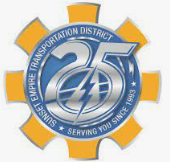
As many of you know Sunset Empire Transportation District went through a rather dramatic shut down of transit service in Clatsop County April 2023. At that time, I was able to reach out to the Governor and help get funding secured to get some level of transit service going while the staff and board members worked diligently to find a way forward. One of the first orders of business was getting an extensive forensic audit completed. While the sudden and unexpected suspension of transit service left a lot of questions, many of those are better understood now in light of this audit completion. I want constituents to know how seriously ODOT takes the health of Oregon’s transit providers and the health of the state’s transit network. Public transportation services are a critical part of Oregonians’ daily lives and ODOT is committed to ensuring our state’s transit network is strong, supported, and meeting the needs of everyone who relies on it.
The final audit package is attached here: Sunset Empire Transportation District Audit Package. Generally speaking, the audit found a lack of financial oversight and a series of accounting and budgeting practices that did not comply with federal and state laws. A few examples include: SETD’s former executive director had sole oversight of the budget; SETD lacked adequate financial policies and procedures to ensure funds were distributed properly and used appropriately; SETD did not maintain adequate financial records; and SETD did not track spending. As you’ll see if you choose to read through the audit, the common thread among the findings and observations was a general lack of financial management, lack of understanding of adherence to basic public funds administration practices, and lack of board oversight. ODOT has developed corrective actions as well as recommendations for SETD, including specific action items with associated deadlines (most deadlines in early 2024). These corrective actions are also attached here Sunset Empire Transportation District Audit Package. SETD response indicates not just a willingness, but a desire to get this right moving forward. |
|
|
Around The District
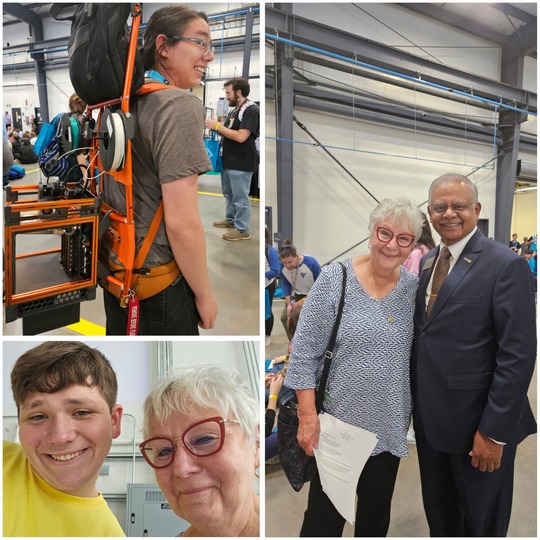
I enjoyed giving opening remarks at Portland Community College Columbia County Oregon Manufacturing Innovation Center manufacturing day event. I was joined by Congresswoman Bonamici, former State Senator Betsy Johnson, and Dr. Nagi Naganathan the president of Oregon Institute of Technology. But most importantly, in attendance were over 700 students who came to explore career opportunities. What a fantastic facility for these students to experience!
Pictured below is a young student with a portable 3D printer, Diamond Moore who was exploring career opportunities, and Dr. Naganathan.
|
|
On October 7th I had the great pleasure to attend Sea Shanties by the Seashore. It is a fundraising dinner event that benefits the Historic Coast Guard Boathouse, and the Garibaldi Cultural Heritage Initiative.
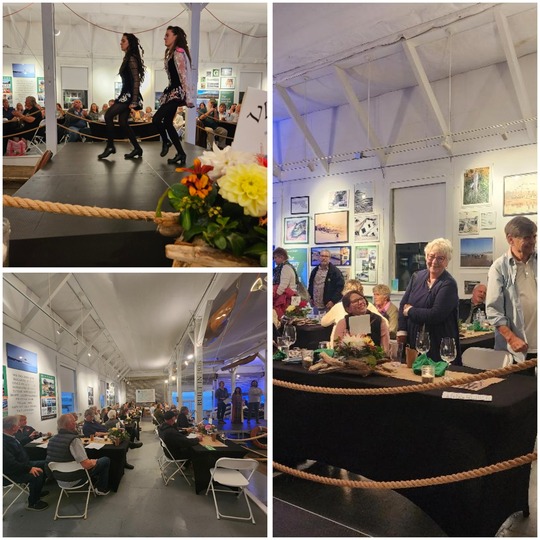
|
|
The Clatsop Forestry Economic Development Committees Annual community leaders forestry tour was, once again, well planned and very informative. It is very important that we, as policy makers in a community, stay in tune with the different economic activities in our various industries. We were able to tour a bridge installation on a fish stream, a thinning operation, a reforestation area/young stand management & have lunch at Oregon Department of Forestry Shingle Mill OHV Staging area.
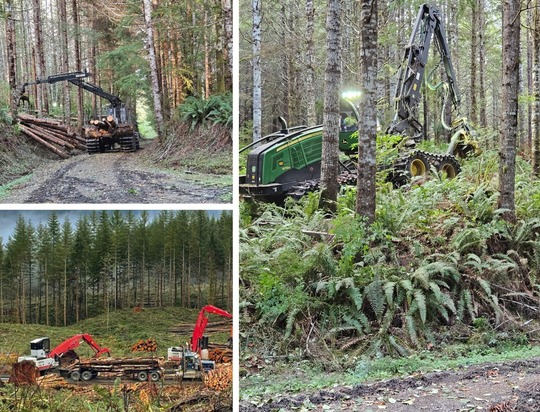
|
|
In October I was invited to tour the future home for intensive substance use disorder services in Beaverton’s Washington County Center for Addictions Triage and Treatment (CATT). I am hopeful and excited that CATT will have a significant impact on treatment capacity in Washington County. While it is not finished just yet, when it is, it will add 86 new treatment beds and a peer drop-in center.
This center will provide the host of services that will assist on the path to recovery.
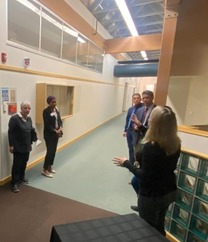
The CATT will help us take on the addiction crisis. I am grateful the County was able to get this project off the ground with a mixture of federal, state, and local funds. |
|
|
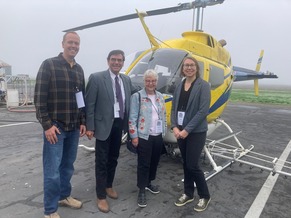
I subscribe to the idea that it is important to continue our education in as much as we are capable. Given that aerial spray has, at times, been a topic in my email inbox by constituent in our district, I took the opportunity to learn more when a demonstration was presented by Oregonians for Food and Shelter this month. Aerial pesticide application is often the subject of controversy and misunderstanding and quite possibly, misinformation. However, it is an important practice for food and fiber production in Oregon and is considered as such by the industries that produce and the state and federal regulatory agencies. As you can see below, Oregon holds a higher standard than our neighbors to the North and our neighbors to the South when it comes to aerial applications. |
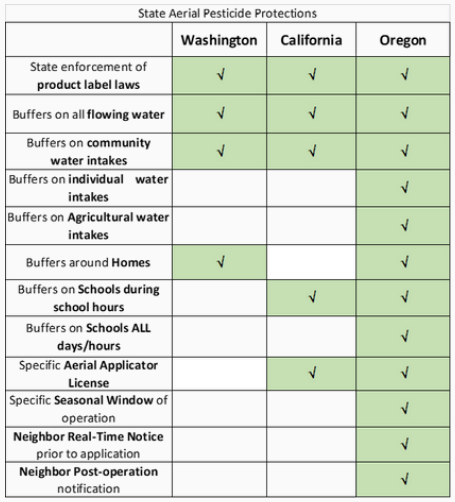 |
I enjoyed hearing from experts about the regulations and technologies that help keep this practice safe and effective.
- Pesticide application to forestland includes primarily herbicides, which target noxious and invasive weeds such as blackberry and Scotch broom.
- Typically, herbicides are only applied one to three times total to any given parcel, only during the first few years of a 40-70-year production cycle.
- Herbicides are used as a key aspect of reforestation. Herbicides hold back noxious and invasive weeds to ensure that newly planted trees can out compete them and become “free to grow,” which is required by Oregon law.
- Pesticide use in forestry accounts for approximately 4 percent of total commercial pesticide use in the state across all other contexts.
These reports listed below were quite interesting and indicate that we are doing a good job in this area.
- The Oregon Department of Agriculture reports that from 2019-present, there have only been five documented violations of drift from helicopter applications of herbicides in forestry – an average of one incident per year across the entire state.
- Data from the Department of Environmental Quality confirm that forests provide the highest water quality of any land use in the state, including those with active management activities like harvest and herbicide use (see tables starting with table 2, and the second paragraph on page 7).
- After a decade of water quality monitoring through the Pesticide Stewardship Partnership (a joint effort of the Oregon Departments of Environmental Quality, Agriculture, Forestry and the Oregon Health Authority) pesticides were only detected in eight percent of samples taken from forested areas, and the
highest level of detections were seven times lower than safety benchmarks for aquatic life. Both the Yamhill and South Umpqua monitoring efforts concluded applications used in forestry lie within the low concern category and pose a low threat to aquatic life. - According to the Eugene Water and Electric Board’s recent water quality monitoring of the McKenzie watershed, their water “meets or exceeds all state and federal drinking water health standards, and that EWEB has once again been listed as an “Outstanding Performer” by Oregon Health Authority (OHA). This is despite private industrial forestland accounting for the greatest single land use in the McKenzie watershed (approx. 37 percent), and despite extensive testing for hundreds of potential contaminants. They found no evidence of significant contamination from forestry. In 2012, EWEB concluded, “Forestry
pesticide use is not considered a likely threat to drinking water quality.”
|
|
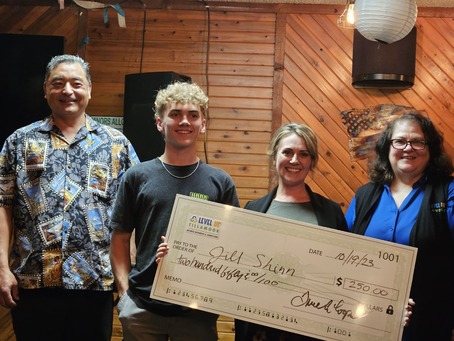 |
I had such a wonderful time participating as one of the judges for
LEVEL UP Tillamook’s Mini-Pitch Contest!
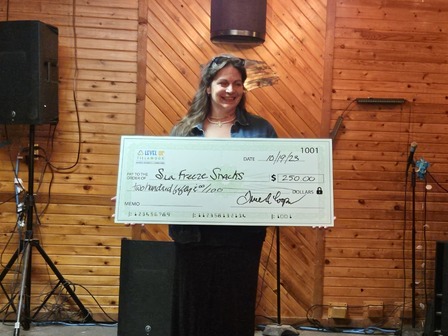 |
I am looking forward to the First Annual Tillamook Pitch Finale to be held on January 13, 2024 with a first-place prize of $10,000.

|
|
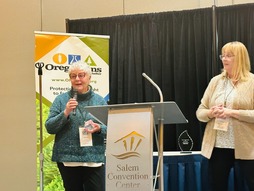
It was my pleasure to attend the Oregonians for Food and Shelter annual conference and awards banquet in Salem this month. I was honored to be part of the legislative panel along with my colleagues Representative Shelly Boshart Davis, Representative Ken Helm, and Representative Anna Scharf. I was also able to accept the OFS Steadfast award on behalf of David Wells for the important work that he has continued to do over the years. |

|
|
I never miss a chance to support raising awareness and funds for early learning. Last month The Fish Peddler sponsored an all you can eat fundraiser to support Tillamook Early Learning Center .
We are in a child care desert, and events like this give an opportunity to address the needs of the community. And hopefully with our local fundraising we can expand what is available to our community’s child care needs.
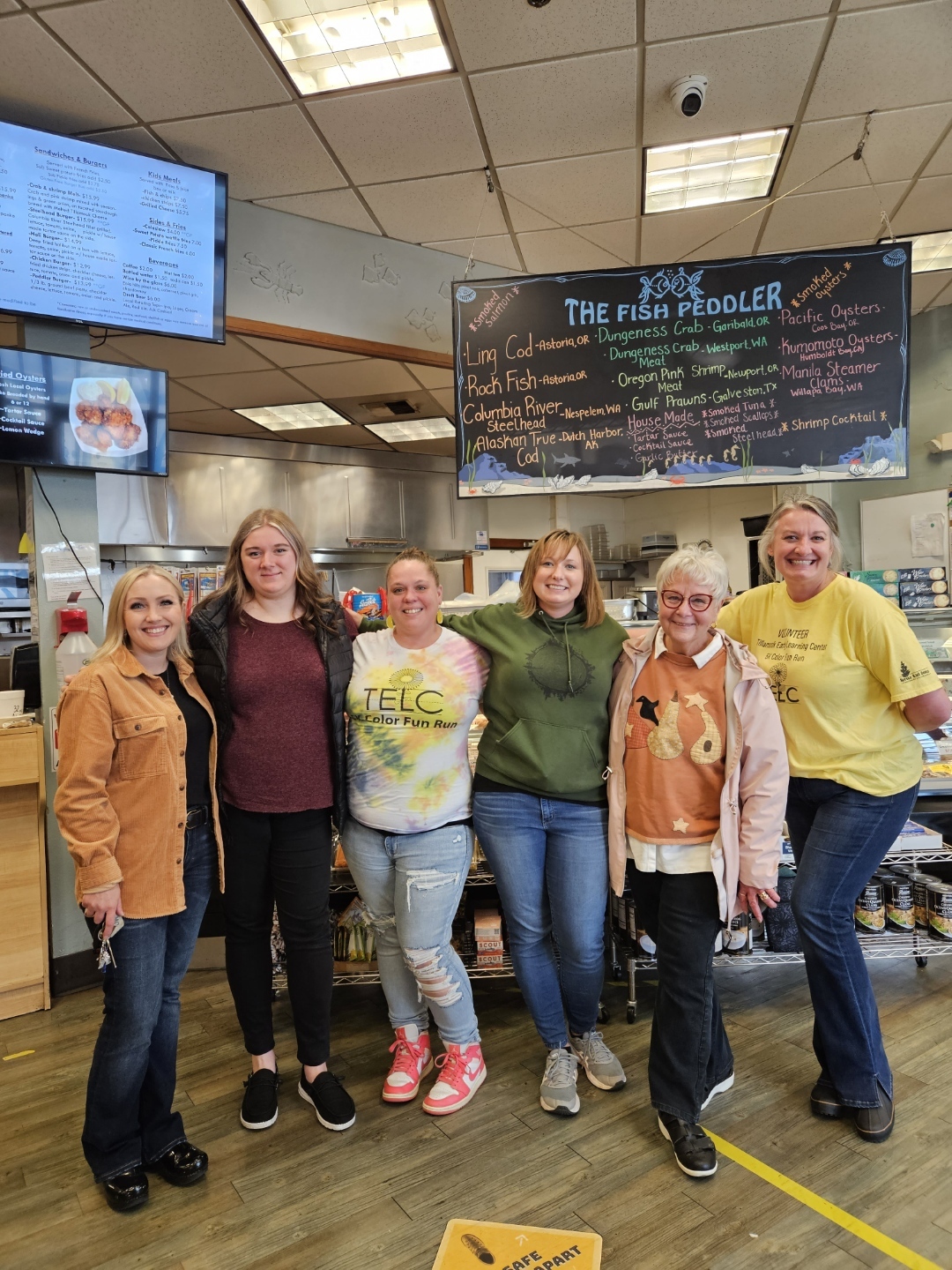
|
|
|
I was able to attend both the Columbia and Clatsop County Farm Bureau annual meetings this month. Because it is an opportunity to engage and interact with our Senate District 16 diverse farming community, it is important to get to as many of these meetings as I am able. From cranberry farmers to grass seed farmers, each face unique challenges and I need to be able to hear about those challenges and take them back to Salem with me. |
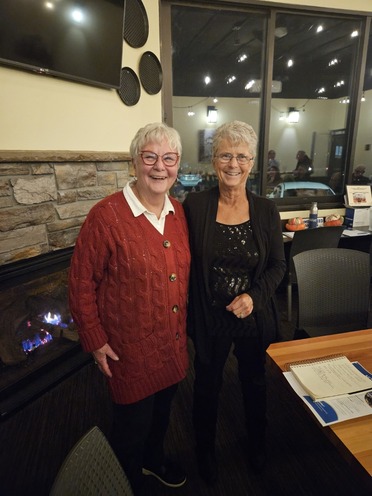 |

|
|
Pie Night is an annual fundraiser for Food Roots, our local Tillamook organization dedicated to building a network among anyone that wants to make finding and buying local food easier. That includes the farmers, processors, educators, agencies, nonprofits, farmers markets, schools, youth groups, and local governments. If you are interested in making our local food economy stronger, I encourage you to look into groups like Food Roots in your local area.
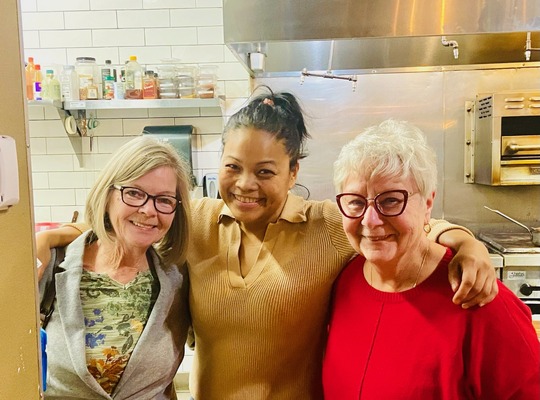
Just one of the reasons I am so dedicated to programs like Food Roots, is because they focus so much energy on educating not just the adults in the community, but the children as well. In the 2022-2023 school year Food Roots reached 1439 students throughout the county in their Farm to School program! I am so proud of the work they are doing to build food security.
- Number of students that received direct lessons: 418
- Number of hours of direct lessons: 116 hours
- Number of hours of farmer engagement activities: 18 hours
- Number of local food samples distributed: 2287
- Number of unique volunteers: 55
- Number of volunteer hours and garden gatherings: 155
- Number of hours of DEP paid internship: 120 hours
- Number of pounds school garden vegetables donated: over 400 lbs.
- Local food featured in school-wide tastings and lessons: carrots, seaweed, barley, cheddar, clams, cabbage, lettuce, hazelnut, tuna, purple-broccoli, rhubarb
Food Roots Farm to School program works to connect students to local food and the producers who grow it to create long-term, healthy changes. They provide hands-on learning opportunities for students in the classroom, at school gardens, through farm field trips and family engagement events and through local food tastings.
I was the lucky winning bid for the chocolate peanut butter pie that is absolutely delicious.
|
|
With so many places to be, I still couldn’t miss the Annual Verboort Sausage and Kraut Festival!
Started in 1934 when just 198 pounds of sausage were served to 150 diners. They now serve about 14 – 16 tons of sausage and nearly 8,000 dinners. While all proceeds stay inside the community, a portion of the proceeds from the dinner provide a subsidy for the Visitation Parish children who attend Visitation Catholic School.
And if sausage, mashed potatoes, and sauerkraut isn’t your thing there is plenty of other activities to participate in! There is also a beer garden, bingo hall, and a wonderful bazar with great gift ideas for the upcoming holiday. Mark your calendars for next years festival November 2nd, 2024!
|
|
|
And last but certainly not least, I sat down with Adam to record From The District. We chat about the SETD audit, and the Portland Public Schools teacher strike, among other topics. You can watch on YouTube or listen in on SoundCloud |
 |
|
|
Capitol Phone: 503-986-1716 District Phone: 503-300-4493
Capitol Address: 900 Court St. NE, S-405, Salem, Oregon 97301
Email: Sen.SuzanneWeber@oregonlegislature.gov
Website: https://www.oregonlegislature.gov/weber/



